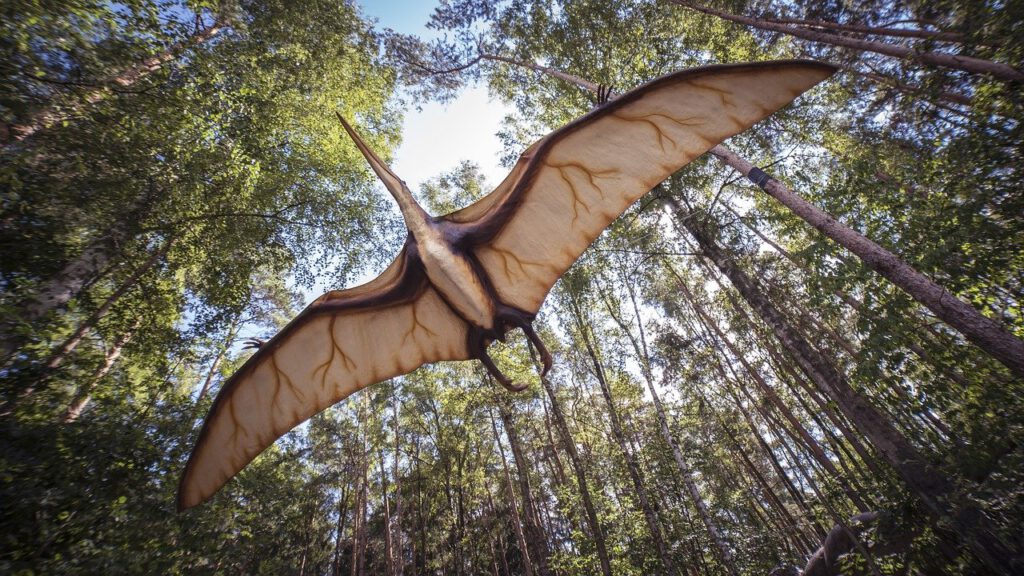Unravelling Academic History

Michael Benton’s 2019 paperback Dinosaurs Rediscovered holds numerous sketches and data on creatures which persisted and changed through three periods of the Mesozoic Era – the inspiration for several Hollywood blockbusters. The enormous Brontosaurus is well-known; but the 16-inch Anchiornis – displaying legs like a cowboy – is an equally interesting species. Head of Bristol University’s Paleobiology Research Group, Professor Benton tells readers that his chosen field is complex and fraught with arguments over classification, whether dinosaur, trilobite, or fossilised plant. His research helps resolve arguments over how creatures are related, their physical traits being crucial data.
The documentation of biodiversity is now big science, aided by computers performing billions of calculations in a quest for evolutionary trees. Benton’s book exemplifies trees and numerous models, for instance, a 3D model of an Allosaurus skull (p188-192), a ‘supertree’ showing evolutionary relationships between species (p65), and another model (of an Encephalization Quotient) which hints at the relative intelligence of dinosaurs via a comparison of brain mass with body mass (p129).
Now, considering pupils at KS3, or undergraduates within the first year of their studies, any process of categorisation involves quite different issues. While palaeontologists unearth and carefully consider inanimate remains, tutors and students share ongoing human relations much richer (and less predictable) than the yes/no presence of physical attributes. When KS3 pupil Joe Smith’s family tree includes parents, a brother, and grandparents, their weight will not reveal underlying social relationships. Is anyone concerned about Joe’s attitude to homework? Not even Joe himself?
The discipline palaeontology relies on mathematics to help in a ‘continued quest for more and more complete understanding’ of the relations among hundreds of species. Yet advances in maths and computer science since the sixties have been astonishing, their high-tech models cannot mimic a slowly evolving human memory, values, and intelligence. Okay, some ingenious gadgets ‘play’ chess extremely well, but do the programs ever feel like kicking a table to scatter chessmen when losing? Homo sapiens aren’t just more complex, they express a different kind of complexity.
Educational relationships seem far more difficult to unravel than those considered by palaeontologists. Any record of the day tutors shares with students is unavoidably partial, complicated by exchanges between (and within) the two groups. Back in the Cretaceous, uncomplicated movie icon Tyrannosaurus Rex could never match Homo sapiens’ capacity for downright awkwardness or planned cruelty.
Models in Professor Benton’s paperback capture the state of the world: how things were, and how they changed across vast periods of time. In education, a different class of model seems appropriate: diagrams which support parley within problematic settings which organisational members believe could be better. Unlike scientific models, the diagrams would not aim to mimic part of the world, but present (in user-friendly jargon) abstract views hopefully relevant to stirring discussion about organisational change.
To summarise briefly, via a shared learning process, participants create their own agenda to debate issues in more detail than usual, with English as the modelling language, not mathematics. At Lancaster University’s Department of Systems, such modelling was essential during thirty-years of research into what Professor Peter Checkland referred to as ‘ill-defined problems’ across both the public and private sectors.
Neil Richardson, Kirkheaton, West Yorks












Responses